Blog and In the News
-
 The Art of the Cemetery: Urn
The Art of the Cemetery: UrnAn urn is a vessel with a typically narrowed neck above a rounded body and a footed pedestal. A proud symbol of elegant beauty that holds our earthly remains, the urn is a symbol of death. It is believed by many cultures that the body is turned into dust as the spirit floats away towards the …
Read More -
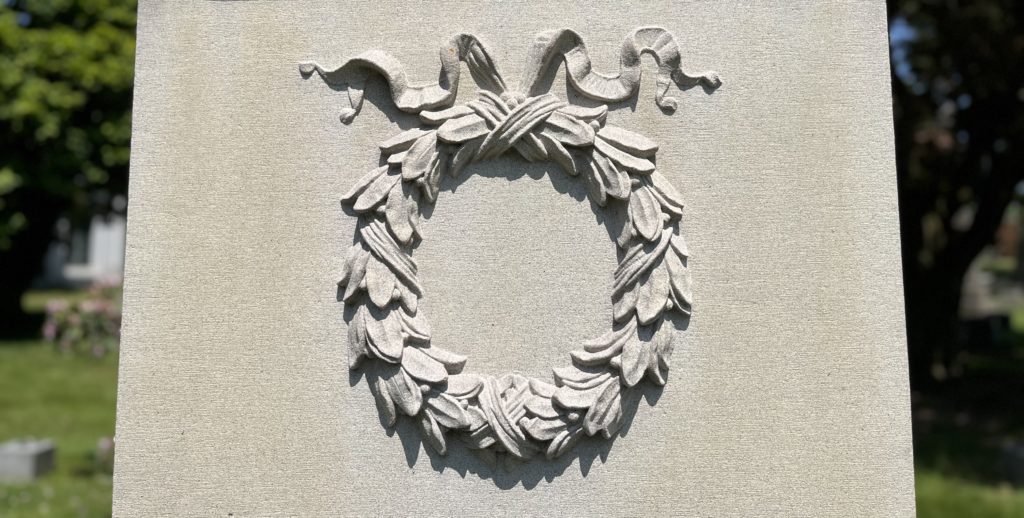 The Art of the Cemetery: Laurel Wreath
The Art of the Cemetery: Laurel WreathAn evergreen tree of the Mediterranean region valued for its aromatic leaves, the laurel is a type of wreath. Worn on the head as a symbol of triumph in Ancient Rome, the symbol of the laurel wreath actually comes from Greek mythology-the Romans, who admired Greek culture, adopted this famous symbol. The national divinity of …
Read More -
 The Art of the Cemetery: Winged Scarab
The Art of the Cemetery: Winged ScarabRegarded as sacred in Ancient Egypt, the often brilliantly colored scarab is a stout-bodied dung beetle of the Mediterranean area. The insect with a hard shell-like back held great significance to Ancient Egyptians as they believed that the beetle’s dung ball was representative of the world-the dung beetle kept the world forever revolving like its ball …
Read More -
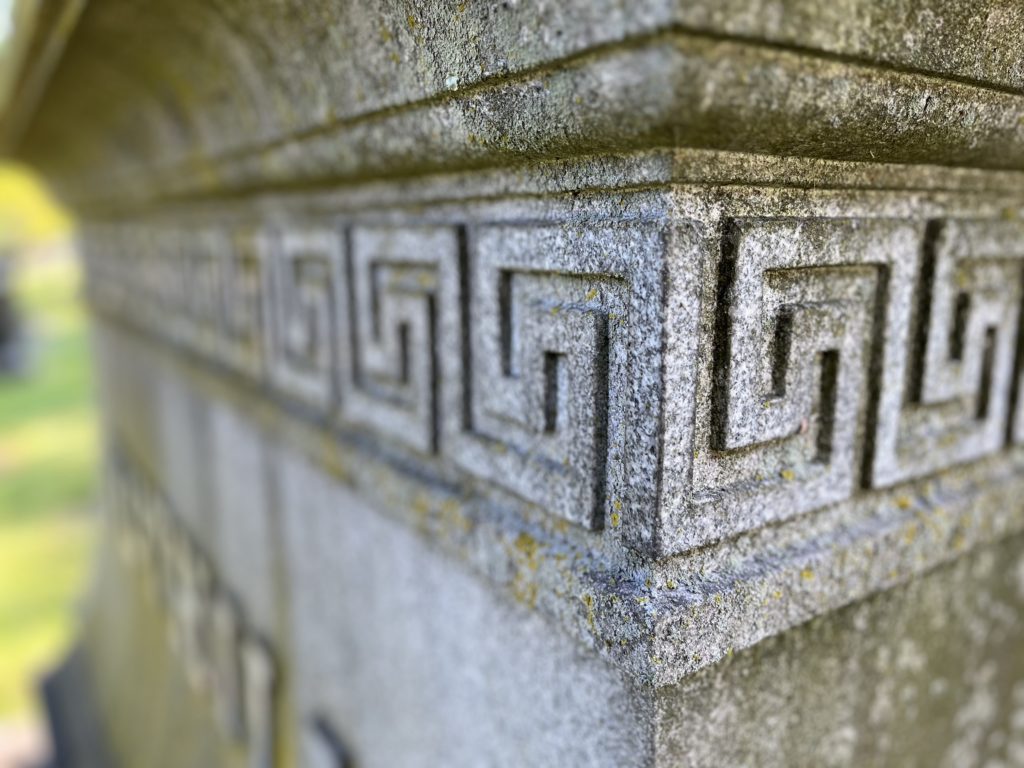 The Art of the Cemetery: Meandering through Woodlawn
The Art of the Cemetery: Meandering through WoodlawnA common motif in Greek art, the meander or Greek key is a decorative device constructed from a continuous line that takes repeated right-angled turns. The meander was among the most important symbols in Ancient Greece. For the people of Ancient Greece, the meandros (meander) symbolized eternity and infinite love. The famous pattern is named after the 250-mile-long …
Read More -
 Funeral Rites Across Different Cultures: The Significance of Color
Funeral Rites Across Different Cultures: The Significance of ColorWhen viewed from a cross-cultural framework, color has been used almost universally to symbolize grief, loss, and healing. Colors make us feel-they can spark a variety of emotions ranging from comfort and warmth to frustration and anger. Color conjures up emotions, which in turn influence our behavior. In the West, black has been traditionally associated …
Read More -
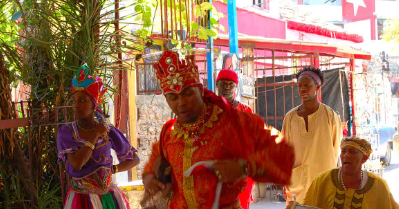 Funeral Rites Across Different Cultures: Santeria
Funeral Rites Across Different Cultures: SanteriaMeaning “Way of the Saints” in Spanish, Santeria, an Afro-Caribbean religion merged with Roman Catholic beliefs, is based significantly on the traditions of the Yoruba nation in today’s Nigeria and Benin in West Africa. Emerging during the 17th century, the Afro-Caribbean religion dating back to the days of slavery has been embedded in Cuban society ever …
Read More -
 Funeral Rites Across Different Cultures: Emotional Reactions
Funeral Rites Across Different Cultures: Emotional ReactionsExperiencing loss elicits all kinds of emotions. People of every culture grieve; feelings of sorrow, loss, and despair are universal. We don’t just do it-we show it in different ways. While there’s no way to avoid intense feelings of grief, the range of acceptable emotions and the extent to which that grief and sorrow are …
Read More -
 Funeral Rites Across Different Cultures: The Significance of Food
Funeral Rites Across Different Cultures: The Significance of FoodAround the world, food is a way to honor the departed and offer comfort to the bereaved. Through the vehicle of food, mourners come together and support one another during a difficult time. Especially in times of loss, food provides a sense of community and connection. Many cultures see food as important aspect in funeral …
Read More -
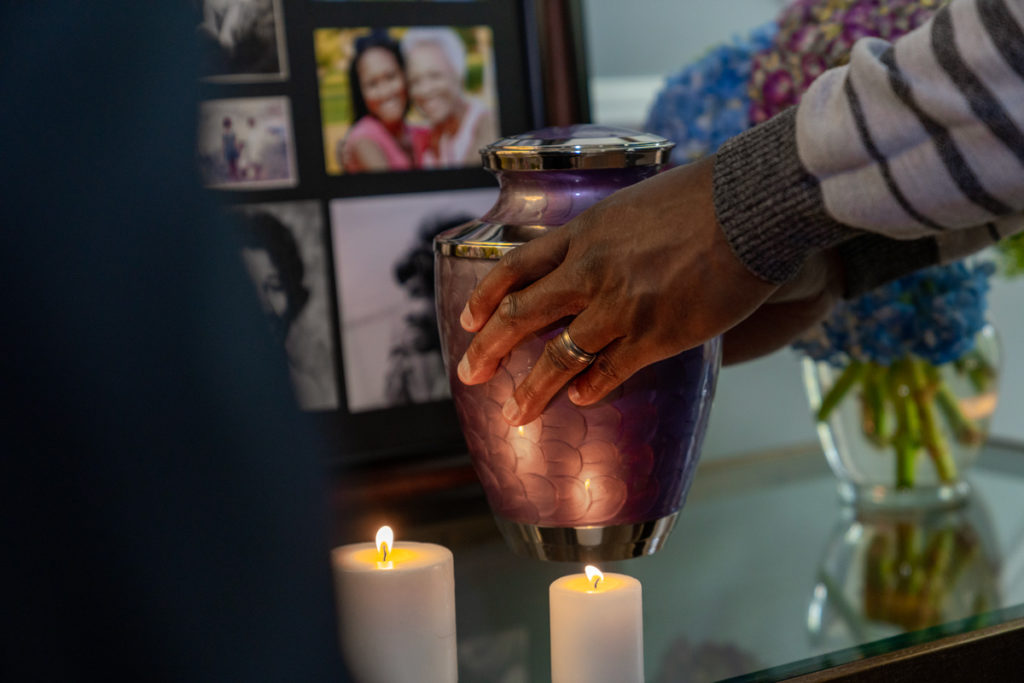 Is Cremation Right for You?
Is Cremation Right for You?Making end-of-life decisions isn’t easy. Death is a topic that many people find uncomfortable and as a result, often avoid it entirely. At Woodlawn Cemetery, our experienced staff encourages our neighbors in the Bronx to take the time to formulate their final wishes, for their own peace of mind and that of their family. Many …
Read More -
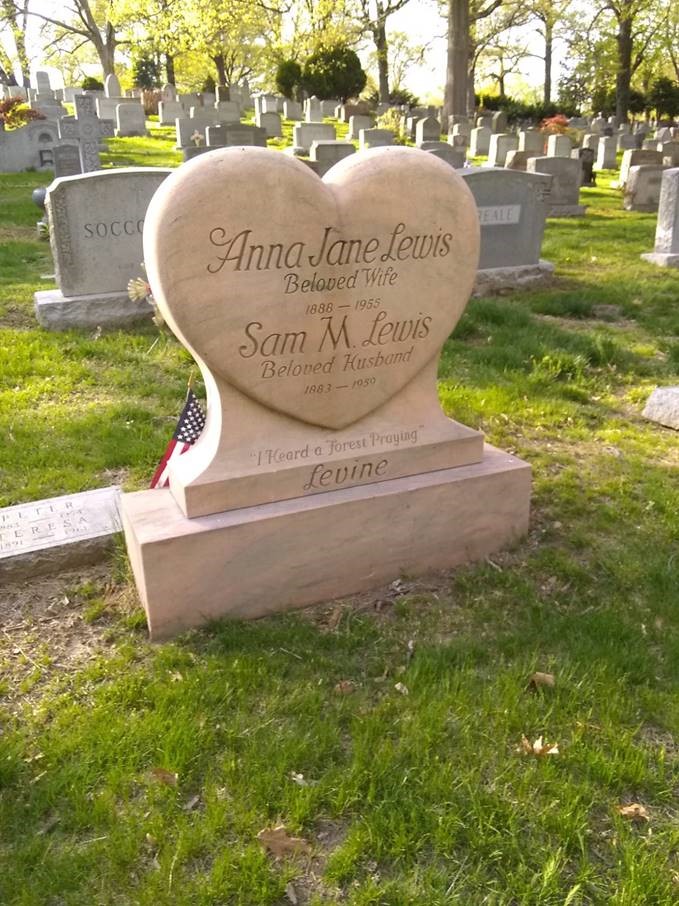 Historian’s Blog: Tin Pan Alley, the Birthplace of American Popular Music
Historian’s Blog: Tin Pan Alley, the Birthplace of American Popular MusicBefore jazz beats filled the streets of Midtown Manhattan, the sounds of upright pianos playing catchy tunes were heard along Tin Pan Alley. It was back in the days before radio, when every home had a piano and families bought sheet music to play their favorite songs. Through the leaders of the Tin Pan Alley …
Read More
